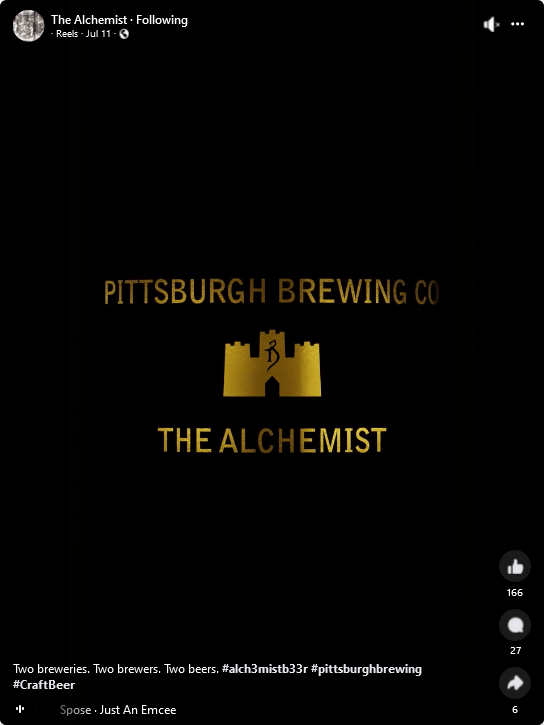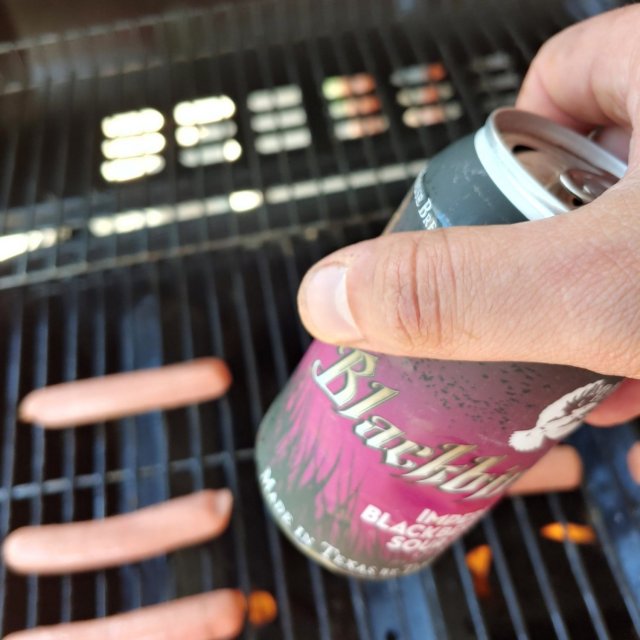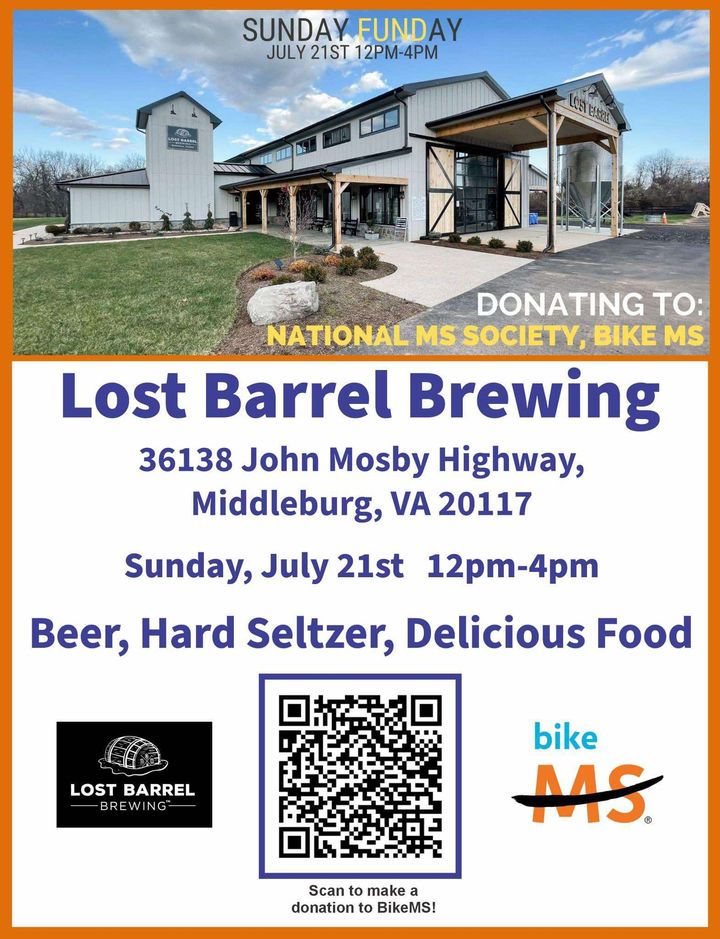Beer Education: Module One: History of Beer Brewing
Moving forward with our beer education series, and sorry that this one has taken a bit of extra time… but I had to do some reconstruction work on my keyboard. Letters on it weren’t working right, so I had to do some work to it. Its still a bit touchy, but its better. The Y-U-H-J-N-M buttons are all being a bit wonky, but hopefully I can get past that for this.
If you are new to this series (or to the blog), I am currently taking a course through EDX Online Learning, called the Science of Brewing. This is the first full module covered, we’ve already handled the series overview, the syllabus, and the introduction. Now its time to get some learning done.
Starting Module One, we are introduced to our first page – The History of Beer Brewing. The first page is an interactive history of beer brewing, complete with a PDF file. The first evidence of brewing first appears in 13000 BCE with remains found in a cave in Israel.
The next piece of evidence is in Iran in 5000 BCE with barley beer. In 1800 BCE there was a hymn written for brewers in Sumeria. Fast forward a bit to 811 CE and Charlemagne makes brewing a royal prerogative. This is the dawning of brewing as a craftmanship and a profession. In 816 CE the Catholic Church recognized brewing with the monks playing a particular role.
In 822 CE there is the first record of hops being used in the brewing process. Abbot Adelhard specifically required the usage of hops at his abbey – the Benedictine Monastery of Corbie. At this time most places still used spices and herbs. By the 1300s, hops were the main flavoring ingredient, replacing gruit.
In 1420, bottom fermentation begins in Bavaria Germany. This let them brew year round, where most places had to stop in summer due to the bacteria contaminating, they could keep brewing year round. In 1425, the first known depiction of a brewer appears in the Mendel Charity Book.
Start of the 1500s brought with it beer in brown glasses in England. And then perhaps one of the more significant things (for brewing) in modern times happened in 1516 – The Bavarian Purity Laws. This is the only piece I’ll direct quote from this segment:
The Bavarian Purity law (in German: Reinheitsgebot) states that water, barley and hops are the only ingredients that can be used to brew beer. Yeast is not mentioned as an ingredient, since it was not discovered yet. One of the reasons for the introduction of this law was to prevent price competition with bakers, who mainly used wheat and rye. A modified version of the purity law still exists in Germany today; although yeast has been added to the list of ingredients; and barley has been replaced by malted grains.
EDX Online: The Science of Brewing – The History of Brewing
In 1680, the Dutch scientist Antonie van Leeuwenhoek is the first to see and figure out yeast. “Hey, did you know that IPA stands for India Pale Ale…. and its because….” Yea, we’ve all heard every craft beer nerd say this at some point, but in 1780 is when it started. 1760 also saw the first thermometer used in a brewery. In 1765 the first steam engine was created, by 1784 they were beginning to be used in breweries. In 1769, the first hydrometer was used in a brewery.
In early 1800s, science was beginning to come to the forefront of brewing more and more. In 1816, more and more science was done on ethanol. In 1817, the drum roaster was invented. Inn 1837 they discovered that yeast was a living organism. 1873 saw the invention of the refrigerator. 1879 a beer filtration system was invented. And closing out the century saw the first bottle caps and bottling lines being made in the 1890s.
The science kept rolling in the 1900s, with the introduction of the PH Scale in 1909. Prohibition did happen though, and that was a major set-back, it lasted from 1920-1933. Artificial beer carbonation started in 1936.
The last thing the article then lists is an event from 2009; it discusses a patent on a variety of barley lacking lox activity by Danish researchers.
After this, we click the NEXT and come up to a quiz. There is four questions (and no, I’m not giving you the answers). Clicking next we come to another video. This about the process of brewing, taking you step by step through the process. After the video is another quick quiz.
This is followed up by a video about beer tasting. For my tasting discussion, I used my beer review for Boneshire’s S’mores Lazaris.
After the discussion, we get another experiment. First, we have a quick (~1:30 minute) video. The next page discusses how to malt your own barley. With this, you can do the experiment yourself, and do your own malting.
Lastly, we have an overview and quiz again. With this comes an assessment if you are doing the paid course (99$). If you are not, you move forward to the questions and feedback, and then to the end of module page. You can pause here, or click next and dive right into module two.
I know I’m gonna take a break, go outside, work on my hops, and enjoy the beautiful sun here in Central PA. Cheers everyone!
-B. Kline
The Beer Education Series:
** EdX: The Science of Beer Brewing
* Beer Education: Series
* Beer Education: Syllabus
* Beer Education: Introduction
* Beer Education: Module One: The History of Beer Brewing
* Beer Education: Module Two: Barley and Malting
* Beer Education: Module Three: Water
* Beer Education: Module Four: Hops and Spices
* Beer Education: Module Five: Yeast
* Beer Education: Module Six: The Steps of the Brewing Process
* Beer Education: Module Seven: Fermentation and Maturation
* Beer Education: Module Eight: Filtration and Packaging
* Beer Education: Module Nine: Beer Quality and Stability
* Beer Education: Module Ten: Beer Assessment and Tasting
* Beer Education: Series Overview




